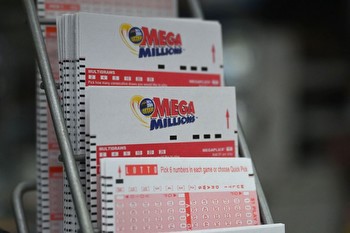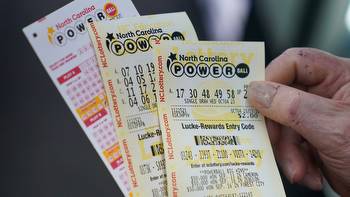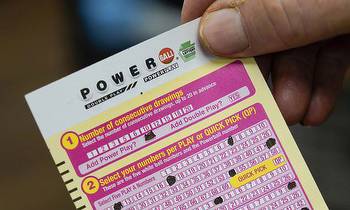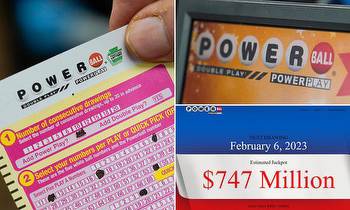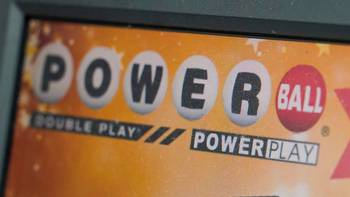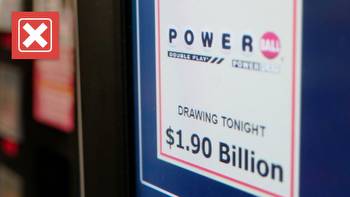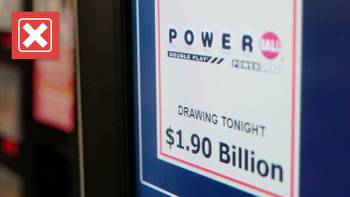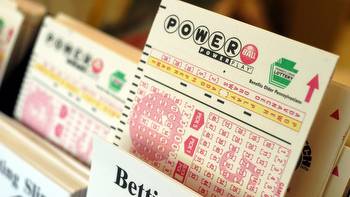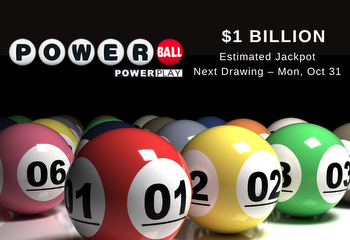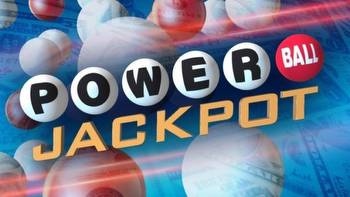Powerball $2.04 billion jacket is prize plus 30-year interest

The Powerball grand prize “jackpot” is only an estimate of the prize pool’s Treasury bond returns if the winner takes the payment in a 30-year annuity.
UPDATE (11/8/22): Powerball revealed its grand prize reached $2.04 billion —$997 million cash value — when it was won by a person in California. The story below, published when Powerball estimated its jackpot would be $1.9 billion, remains as published.
Monday’s Powerball drawing will set a record for the size of its estimated jackpot. If someone wins the Nov. 7 drawing, they could earn an estimated $1.9 billion, the largest prize in lotto history.
As people around the country dreamed of becoming billionaires off of six lucky numbers, many complained that the winner won’t even get half of the .
THE QUESTION
Is the Powerball “jackpot” the same as its cash prize?
THE SOURCES
THE ANSWER
No, the Powerball jackpot is not the same as its cash prize. Powerball’s advertised “cash value” is the actual prize pool, and the listed jackpot is actually the estimated payout of the 30-year annuity option, which invests the prize in interest-building Treasury bonds.
WHAT WE FOUND
How much money you get out of the Powerball jackpot is dependent on how you choose to claim your winnings: an annuity of 30 payments over 29 years, or a lump sum of cash all at once. The lottery gives winners who select the lump sum the entire prize pool at once, while the lottery invests the prize in interest-building Treasury bonds for winners who select annuity payments.
The “cash value” jackpot is all the money that Powerball has on hand from the sale of the game’s tickets, which fund its jackpot, the Colorado Lottery explains. If a player wins the jackpot and chooses to be paid in a lump sum of cash, then their state lottery will pay the entire cash amount to the winner.
But if the winner decides to receive annuity payments, then the lottery will invest that lump sum of cash before taxes are deducted, the Colorado Lottery says. Those investments accrue interest, which means the lottery gradually pays the winner more than what was in the initial prize pool over three decades of payments.
The lottery always invests annuity prizes in U.S. government treasury bonds. Powerball says it estimates the annuity jackpot based on interest rates at the time the bonds are purchased, so higher interest rates mean a higher grand prize. No matter what happens to the securities the lottery invests in, the winner’s annual payouts are locked when the lottery first invests the prize.
Powerball’s “advertised jackpot” is the estimated total, including interest, of these annuity payments over 30 years, according to the North American Association of State and Provincial Lotteries, the Colorado Lottery and the North Dakota Lottery.
Does that mean it’s inherently better to claim your prize through annuity payments? Not necessarily. There are pros and cons to both payment options.
Annuity.org, an annuity educational resource for consumers, says that people who take the cash option have an opportunity to make more money with their own higher-yield investments. It recommends the lump sum option for “prudent investors” and the annuity option for those who want to guarantee a steady flow of income without the temptation to overspend.
For a prize as large as $930 million in cash or $1.9 billion in annuity payments, the winner will receive a massive payday even after both federal and state taxes eat into the prize. USA Mega, an online multi-state lottery resource unaffiliated with the lotteries themselves, estimates that the winner of the $1.9 billion prize will be awarded a post-tax windfall between $990 million and $1.2 billion with the annuity option or between $484 and $585 million with the cash option, depending on where the winner lives.








